The imagery of wheelchair basketball
Charlotte (Steve Goldberg's Wheel World) - If you've ever wandered into the less traveled areas of fiba.basketball, you may have come across the pages that describe the Federation's iconic logo and dictate the
Charlotte (Steve Goldberg's Wheel World) - If you've ever wandered into the less traveled areas of FIBA.com, you may have come across the pages that describe the Federation's iconic logo and dictate the presentation and uses of it. It's kind of interesting in a way that's simultaneously artistically inspiring and legally intimidating. There could be as many rules for the logo as there are for the game it represents.
While that may seem overly authoritarian, it is necessary as an organization's logo is its image to the world, its calling card, its message, its story.
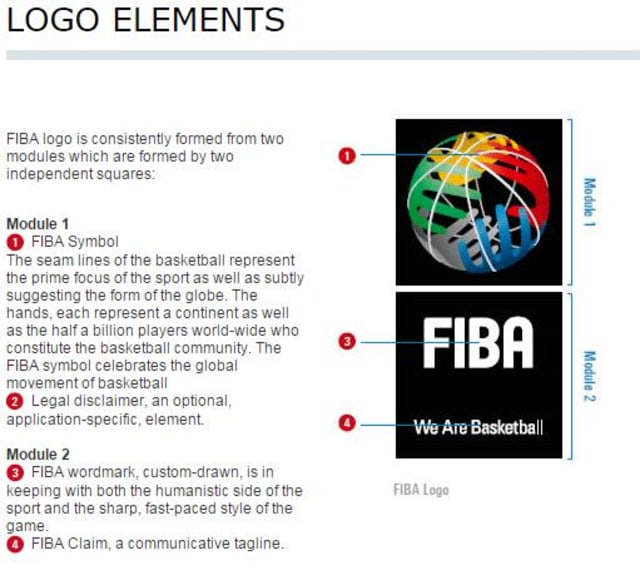 The message that FIBA looks to impart is the essence of its mission. The graphic part of the logo is described this way: "The seam lines of the basketball represent the prime focus of the sport as well as subtly suggesting the form of the globe. The hands each represent a continent as well as the half a billion players world-wide who constitute the basketball community. The FIBA symbol celebrates the global movement of basketball."
The message that FIBA looks to impart is the essence of its mission. The graphic part of the logo is described this way: "The seam lines of the basketball represent the prime focus of the sport as well as subtly suggesting the form of the globe. The hands each represent a continent as well as the half a billion players world-wide who constitute the basketball community. The FIBA symbol celebrates the global movement of basketball."
Even the font used for to spell the name has meaning: "The FIBA wordmark, custom-drawn, is in keeping with both the humanistic side of the sport and the sharp, fast-paced style of the game."
It's not just about the organization but about representing the game as well.
So it is for the imagery of wheelchair basketball.
The NWBA logo pays homage to the famous Jerry West silhouette which gives it immediate recognition touchpoints with the American public and beyond.

In Canada, the identity is always cemented with a touch of a maple leaf.
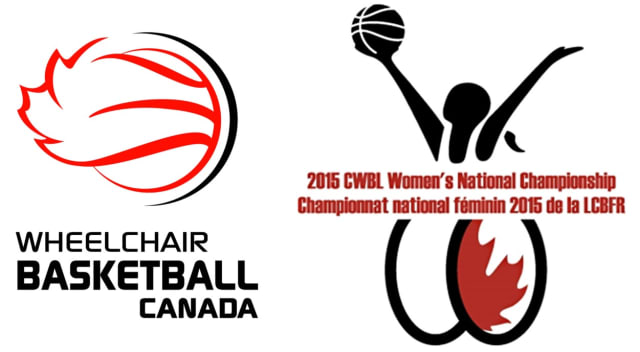
Opposite the realistic silhouette style used by the NWBA, other designs engage more interpretive pictograms such as this one developed by Basketball ACT, the state governing body for the game in the Australian Capitol Territory, and part of Basketball Australia, for a wheelchair basketball league they ran in 2010.
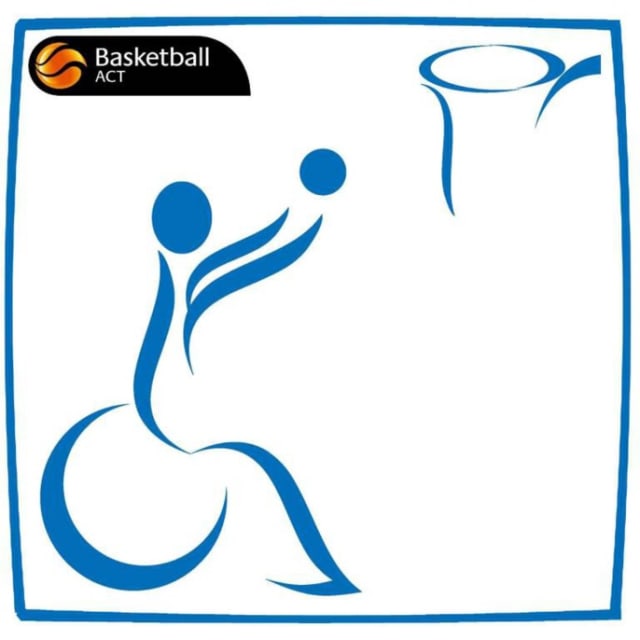
Colombia went that way in 2013 when hosting the IWBF Americas Zone championship but enhanced the stylistic logo with complementary realism.
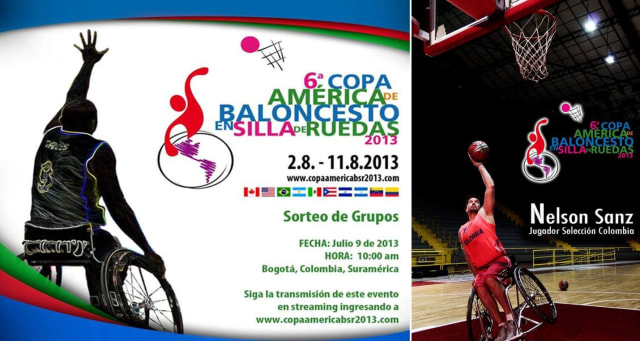
The power of scripted video must also be included as it can incorporate actual movement and audio texture to set the tone and deliver the message. It's also where wheelchair basketball can gain awareness and following as others use the game to facilitate their story.
Such was the case when Guinness used the competitive imagery of wheelchair basketball in a very popular commercial a couple of years back to connote the strength of character that it wanted to associate with its product.
A company whose fortune is so much based on its mastery of imagery, Nike featured USA National Team player Matt Scott in an ad called "No excuses" where it used the wheelchair as the exclamation point of contradiction to Scott’s rapid-fire delivery of almost every excuse ever given for not training.
It doesn't have to be a commercial effort. Sometimes that awareness can come from a different kind of fiction, from just telling a story that rings true, with art and words.
Arguably the most impactful example of this has come from bestselling Japanese Manga artist and storyteller, Takahiko Inoue. A basketball player and fan himself, Inoue is credited by some with having popularized basketball amongst a whole generation of high school students. He created two Manga series - "Slam Dunk" and "Real" - that had a dominant basketball foundation to the storylines. The game in "Real" was wheelchair basketball and there was no difference in the strong lines and muscular characteristics of his protagonists, both of whom found what they needed through the game.

By the time he was profiled in a 2012 CNN International story, Inoue's "Slam Dunk" series had sold almost 120 million copies, been licensed in 17 countries, and adapted into an anime TV series. It’s been described as the second most popular Manga ever. In 2010, Inoue received a commendation from the Japanese Basketball Association for his services to the sport.
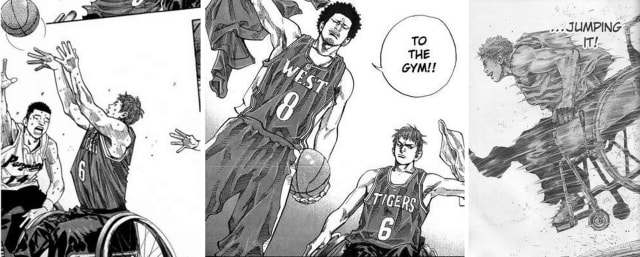
Inoue’s art was the most significant branding of the 2015 IWBF Asia Oceania Zone tournament, where he even wrote a blog, reporting from the event which was held in Chiba, Japan.
A great supporter of the Japanese team, Inoue's imagination elevated the national team players to superhero status, such as scoring ace Mari Amimoto giving her the title - which according to my Google translate is - Naniwa woman of flame.
Of course there are some images that may require a great deal of therapy such as this video starring athletes, volunteers, officials and even a few IWBF executives from the 2014 IWBF Women's World Championship Tournament in Toronto will attest.
Steve Goldberg
FIBA
FIBA's columnists write on a wide range of topics relating to basketball that are of interest to them. The opinions they express are their own and in no way reflect those of FIBA.
FIBA takes no responsibility and gives no guarantees, warranties or representations, implied or otherwise, for the content or accuracy of the content and opinion expressed in the above article.
To help make this column as inclusive as possible, please send any national or international event information, story suggestions, or comments to wheelworldmail@gmail.com.